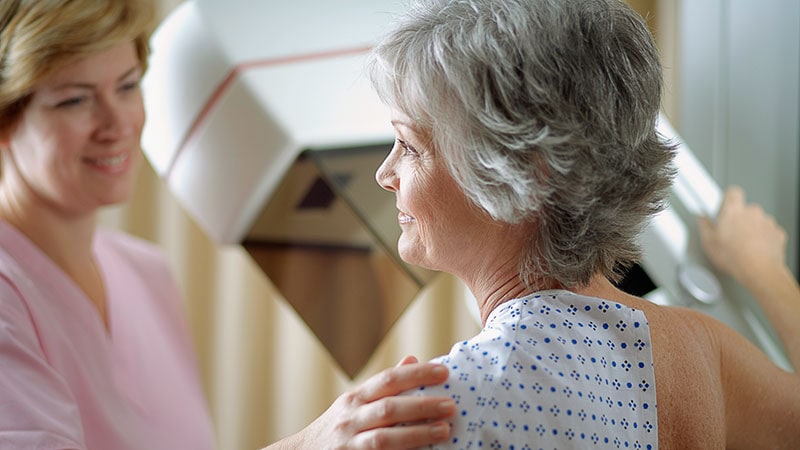Researchers have identified six factors that predict the risk of radiation pneumonitis (RP) in patients with early-stage inoperable lung cancer treated with stereotactic ablative radiotherapy (SABR).
The research included 1266 patients treated with lung SABR between May 2009 and August 2018, at St James's University Hospital in Leeds. Patients were treated according to the UK SABR consortium guidelines. RP was graded retrospectively using Common Terminology Criteria for Adverse Events (CTCAE) version 4.0, based on available clinical and imaging information.
The median age of patients was 75 years. Median follow up was 56 months. Sixty-five per cent of patients received 55 Gy in five fractions. Forty-three per cent of patients had Eastern Cooperative Oncology Group (ECOG) performance status (PS) of 2 and 16.2% had PS of 3. The Median Charlson comorbidity index was 6 (range 2-11). Median Standardised Uptake Value (SUV) max of the tumour was 6.5.
A total of 402 patients (31.8%) had confirmed histological diagnosis; other patients were treated based on a radiological diagnosis. The median tumour size was 20 mm (range 4 mm-63 mm).
Median Planning Target Volume (PTV) was 30.3 cc. Median values of R100, R50, and D2cm were 1.1, 5.6, 32.8 Gy. The median value of mean lung dose, V20, and V12.5 were 3.9 Gy, 5% and 9.3%, respectively.
Some 85 (6.7%) patients developed symptomatic RP (grade ≥2), with five (0.4%) developing grade 3 RP. Five per cent developed rib fractures but only 28% of these were symptomatic.
On univariate analysis lower lobe tumour location, larger tumour size, PTV, mean lung dose, lung V20 Gy, and V12.5 Gy were significantly associated with grade ≥2 RP.
On multivariate analysis, only mean lung dose was associated with grade ≥2 pneumonitis. ROC curve analysis showed optimal diagnostic threshold for tumour size, PTV, mean lung dose, V20, and V12.5; are 22.5 mm (Area Under Curve [AUC] - 0.565, 27.15 cc (AUC-0.58), 3.7 Gy (AUC-0.633), 4.6% (AUC-0.597), 9.5% (AUC-0.616).
The incidence of ≥grade 2 RP was significantly high for values higher than the ROC threshold.
The authors conclude that SABR treatment results in a very low rate of grade 3 pneumonitis. Lower lobe tumour location, larger tumour size, PTV, mean lung dose, V20, and V12.5 were found to be significant predictors of symptomatic radiation pneumonitis.



